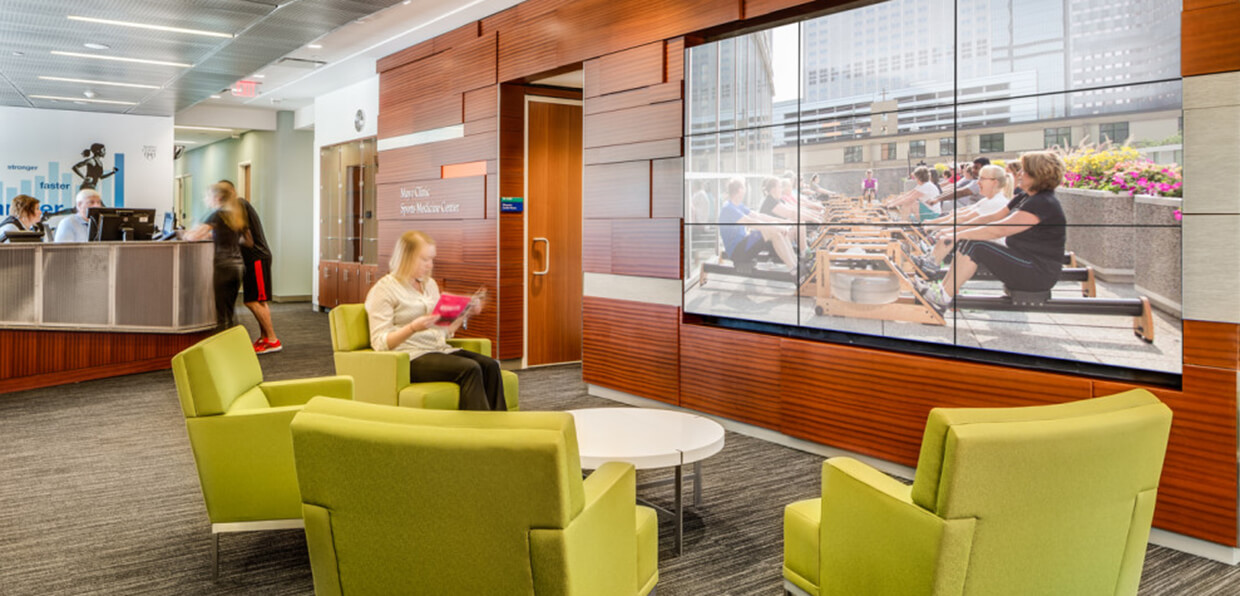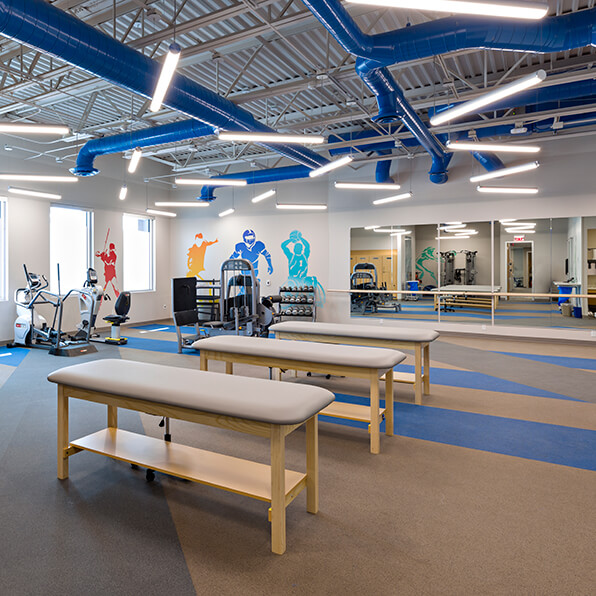Determining the optimal treatment for UCL injuries must be tailored to the individual patient. A number of factors are considered such as: hand dominance, sport, athletic career goals, injury severity, injury location, and timing of the athletic season. Nonoperative management with rest, physical therapy, and activity modification is considered for many patients. This is particularly true for athletes with partial tears of the ligament and those that are not overhead throwers. Physical therapy focuses on identifying and correcting any weakness or abnormal movement patterns in your entire “kinetic chain” including the legs, hips, torso, back, shoulder blades, shoulders, and elbows. For patients who have full thickness tears and need to return to high demand throwing type activities, surgery may be considered. Surgery typically entails either a repair (fixing your current ligament by sewing and anchoring it back down to the bone) or reconstruction (replacing your injured ligament) of the UCL.
Outcomes
Athletes who experience UCL injuries typically experience very high rates of return to athletics (95-100% for non-throwers and 85-95% for throwers).


